热管传热性能的实验研究毕业论文
2020-04-15 20:17:24
摘 要
摘要:本文介绍了热管的起源和发展历程,了解重力热管的结构和工作原理。深入理解影响热管传热性能的主要因素,阐述了相关影响因素对于热管传热性能的影响,并基于这些因素进行了实验研究。前期主要进行了实验台设计和误差分析两项工作,并在实验过程中对于实验步骤和实验仪器持续进行优化和改善。确定了各影响因素的协同关系,在实验基础上,对实验数据进行对比分析和结果讨论,归纳总结了不同工况下,导热油流量、冷却水流量、热管倾角和导热油温度对于热管传热性能的影响。并在实验结束后实验研究过程中的不足和缺点进行思考完善。
关键词:热管 重力热管 传热性能 实验设计 强化传热
Abstract
Abstract :This paper introduces the origin, development and application of heat pipe, and understands the structure and working principle of gravity heat pipe. In-depth understanding of the main factors affecting the heat transfer performance of heat pipes, elaborated on the relevant factors affecting the heat transfer performance of heat pipes, and based on these factors carried out an experimental study. In the early stage, the design of the experimental platform and error analysis were mainly carried out, and the experimental steps and instruments were continuously optimized and improved in the experimental process. On the basis of experiments, the synergistic relationship of various influencing factors was determined, and the experimental data were analyzed and discussed. The effects of heat conducting oil flow, cooling water flow, heat pipe inclination and heat conducting oil temperature on heat transfer performance of heat pipe under different working conditions were summarized. At the end of the experiment, the shortcomings and shortcomings of the experimental research process were considered and perfected.
Key word:heat pipe gravity heat pipe heat transfer performance experimental design enhanced heat transf
目 录
第一章 绪论 1
1.1引言 1
1.2 热管的结构和工作原理 1
1.3 热管的传热性能影响因素 2
1.3.1 工质种类 3
1.3.2 充液率 3
1.3.3 结构参数 3
1.3.4 表面处理 4
1.3.5 操作条件 4
1.4 本课题研究手段及拟解决的问题 5
第二章 实验台设计和实验内容 6
2.1实验台设计要求 6
2.2.热管套管装置 6
2.2.1热管套管结构 6
2.2.2热管套管尺寸的确定 7
2.3加热系统和冷却系统 8
2.3.1加热系统 8
2.3.2 冷却系统 8
2.4 实验测量系统和辅助系统 9
2.4.1实验测量系统 9
2.4.2辅助系统 10
2.5 实验内容 11
2.5.1实验步骤 11
2.5.2注意事项 11
第三章 误差分析和计算 13
3.1误差定义 13
3.2误差来源 13
3.2.1导热油物理性质 13
3.2.2冷却水物理性质 15
3.3误差计算 17
3.3.1蒸发段导热油热量计算 17
3.3.2油侧传热量误差曲线 18
3.3.3冷凝段冷却水热量计算 19
3.3.4冷凝段冷却水传热量误差曲线 21
第四章 数据分析与结果讨论 22
4.1冷却水流量 22
4.1.1不同导热油温度 22
4.1.2 不同热管倾角 23
4.1.3不同导热油流量 24
4.2倾角对于热管传热性能影响 25
4.2.1不同导热油套管进口温度 25
4.2.2 不同导热油流量 26
4.2.3 不同的冷却水流量 27
4.3导热油流量 28
4.3.1不同的套管进口温度温度 29
4.3.2不同的冷却水流量 30
4.3.3不同倾角 31
4.4导热油温度 32
4.5实验结论与不足 32
4.5.1实验结论 32
4.5.2实验不足 32
第五章 参考文献 34
第一章 绪论
1.1引言
本课题研究热管在不同工况下的传热性能。热管是一种高效导热装置,整个热管的外壳为不锈钢或者其他复合金属材料,热管外壳内部含有不同目数的丝网吸液芯。通过某种工质(钠、钾氨、氟利昂等)完成传热的元件。“热管”这一概念由美国著名科学家乔治 格罗佛于1963年提出,在热管出现之初,因为其远超其它金属的高效导热性能,热管被广泛应用于航天航空和军事工程各行业。随着热管技术发展日益成熟,换热器行业也引入了热管技术,出现了各种各样的热管换热器,诸如整体式换热器和分离式换热器。这些换热器凭借着卓越的换热能力和较长的使用寿命在一众换热器中脱颖而出。除此之外,热管技术还广泛应用于诸如冰箱[1]、空调[2]、锅炉[3]等行业,开辟了换热器行业的新天地。现在,伴随人们对节能需求的日益提高,使得热管技术又将目光瞄准了节能产业[4]。热管技术自被发明以来应用于人们生活的方方面面,与人们的生活水平息息相关。
格罗佛于1963年提出,在热管出现之初,因为其远超其它金属的高效导热性能,热管被广泛应用于航天航空和军事工程各行业。随着热管技术发展日益成熟,换热器行业也引入了热管技术,出现了各种各样的热管换热器,诸如整体式换热器和分离式换热器。这些换热器凭借着卓越的换热能力和较长的使用寿命在一众换热器中脱颖而出。除此之外,热管技术还广泛应用于诸如冰箱[1]、空调[2]、锅炉[3]等行业,开辟了换热器行业的新天地。现在,伴随人们对节能需求的日益提高,使得热管技术又将目光瞄准了节能产业[4]。热管技术自被发明以来应用于人们生活的方方面面,与人们的生活水平息息相关。
1.2 热管的结构和工作原理
以上是毕业论文大纲或资料介绍,该课题完整毕业论文、开题报告、任务书、程序设计、图纸设计等资料请添加微信获取,微信号:bysjorg。
相关图片展示:
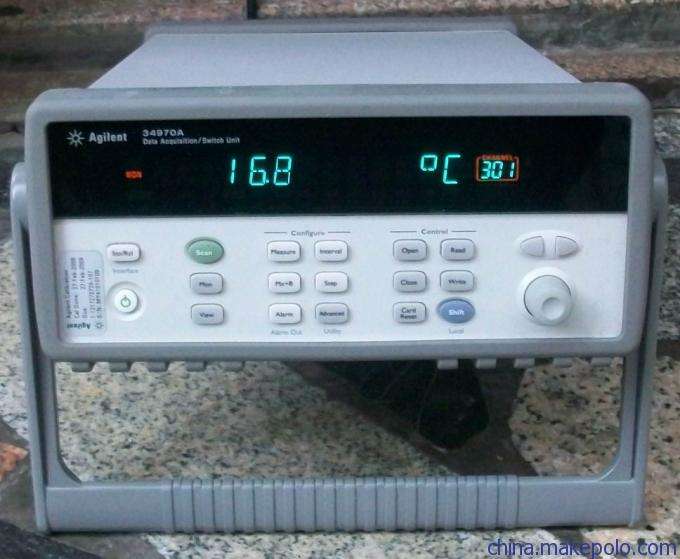
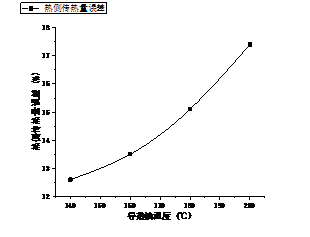


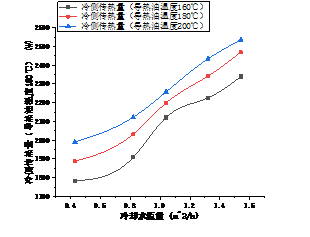
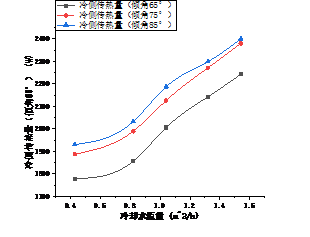
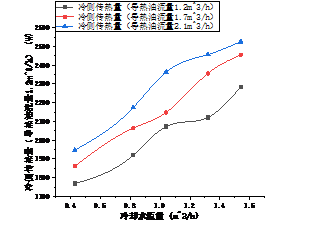
课题毕业论文、开题报告、任务书、外文翻译、程序设计、图纸设计等资料可联系客服协助查找。



